Hello friends, I want to say thank you for visiting the blog, even though I am posting old 1UP blogs on Monday, and Wednesday, and trying to come up with new content on Fridays. I noticed in the past week I’ve gotten a significant bump in views following the release of the new
Gouki / Akuma reveal trailer for Street Fighter 6, and more recently the first character voice trailers for
the next Garou City of the Wolves. I put together a few words on what I picked up in the first trailer.
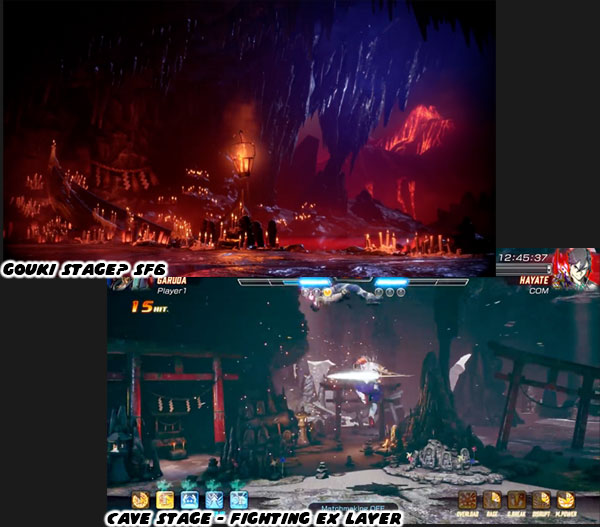
The first thing we saw was a variation
of the cave stage, which had been used as the backdrop to Gouki since the days of Street Fighter Zero / Alpha almost 30 years ago. I have a feeling that the location presented in the trailer will be his actual stage in the game. Gouki has always lived as a hermit. Away from society, mediating, and training to turn his body, and mind into steel. There were a number of details in the trailer that meant a lot more to the Asian community rather than western audiences. We could tell that the stage was designed to be as intimidating as the character himself. It reminded me of the Garuda stage from Fighting EX Layer.
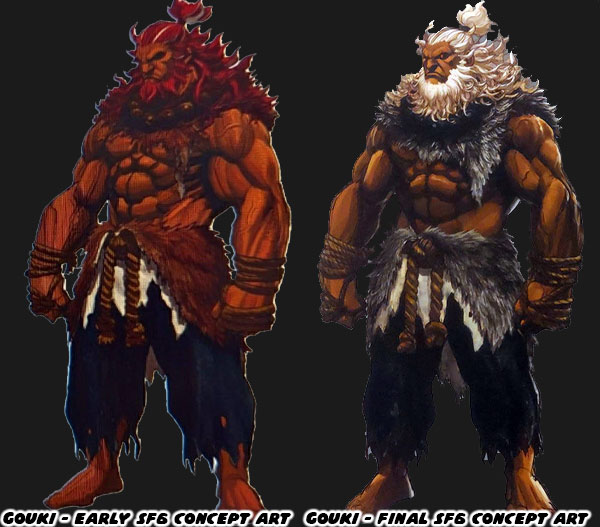
The other thing that stood out to me was that Gouki’s hair has finally gone from red to white. In the early leaked SF6 concept art he looked as intense as ever, but he still had red hair, with some white streaks which were a carry over from SFIII. The finalized version had all white hair, and even white fur on his costume. This was important for several reasons. First off it separated his appearance from that of any other game in the series. The other was that Capcom was willing to continue refining a design until the very last reveal. Remember all
the details I pointed at from the original Lili concept art? A lot of that was changed by the time the game was released.
Lili’s new look was both culturally sensitive, and culturally relevant. Gouki had several changes, more subtle than Lili’s, but also gave his appearance more of an impact.
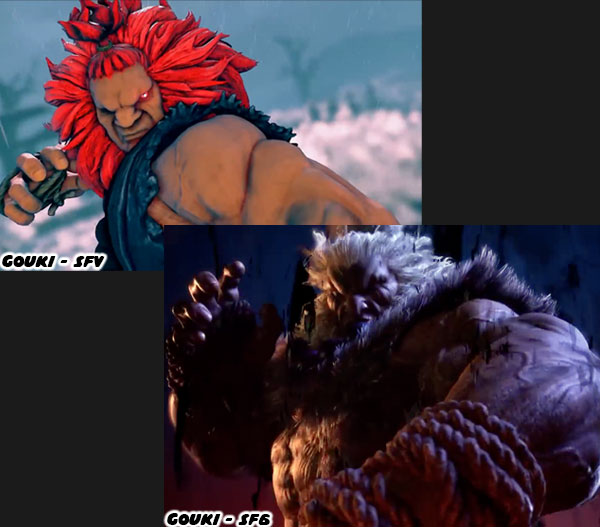
When we first got a good look at Gouki in the SF6 trailer we could tell he was designed to inspire fear. He had always been an imposing villain, however in previous incarnations he was not frightening. In order to tell audiences that they should be afraid the team at Capcom made him much more visceral. His body was more shredded, with veins, and muscles rippling over an entirely new 3D model. From a storytelling perspective they did the reveal slowly. We saw his frame, his massive torso, his thick arms, and his club-like fists. He looked like a nightmare brought to life. When the studio revealed him for Street Fighter V they literally just gave us a trailer made up of cool moves. By telling us nothing about his library of attacks in the SF6 trailer it would give audiences a chance to discover how truly powerful he was in person.
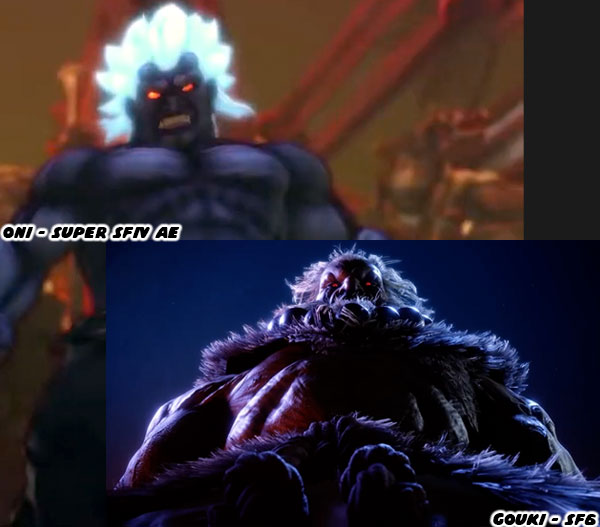
The other thing that the updated look do was signal that his transition from beast-like human into a literal demon. I had talked about it multiple times in the past, but Gouki’s design was based on that of a lion. Going back to Street Fighter IV the studio has transitioned his look
into two phases, he went from inspired by a lion, and Nio, to being based on an oni. The white hair, and leathery skin made him a plausible human-turned-demon. In fact the whole trailer was filled with design cues from ancient Japan.
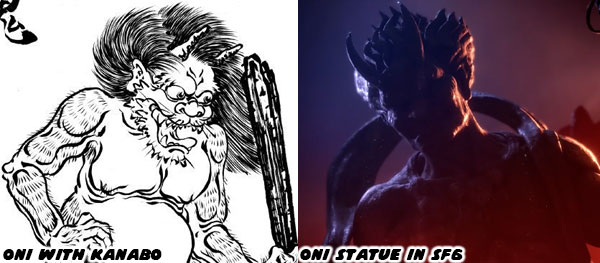
The cave where Gouki is training has several oni statues in the background. These are sometimes confused with the nio, which were the guardians of the gates of the afterlife. Oni were some of the various types of demons the roamed the countryside in ancient Japanese traditions. They were often seen wielding a spiked club, a kanabo. There were a few short shots in the trailer that would be easy to miss if you didn’t know to look for them. When Gouki lets his rage flow though his fist we can actually see a glowing spirit envelop him.
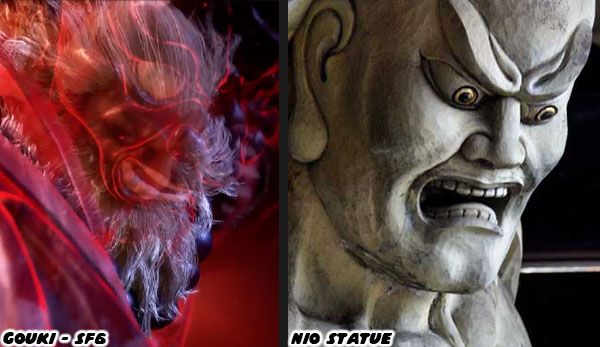
It almost appears that he is wearing the frightful mask of the nio. We can see the large eyes, curved brow, and open grimace. The focus of his rage was actually a few quick flashbacks of Ryu. To long-time fans of the franchise it was the confirmation that he was obsessed with Ryu. The pupil of his former master, and his own brother was certainly under his skin. Gouki was boiling with a supernatural rage. Punching at immovable statues, honing his strike to razor sharp precision. When he went for a shoryuken we could see him enveloped with a red aura. For a fraction of a second we could see Ryu in a white light performing a similar dragon punch, but he looked serene by comparison. It was a yin / yang opposite approach to the powerful strike. Gouki had become the living oni, the living nio.
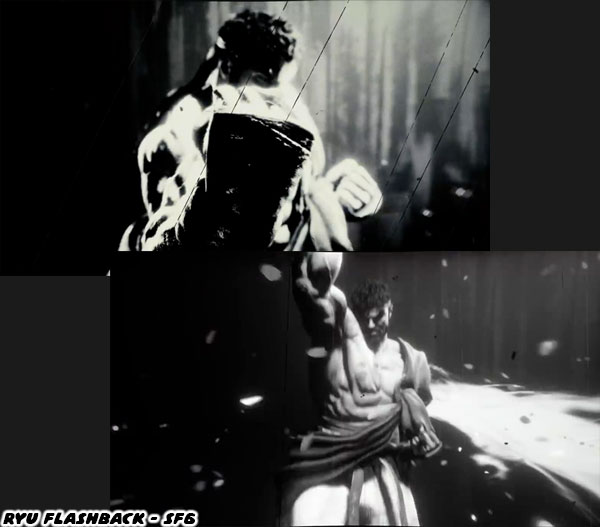
This was the thing that I loved the most about the best of the Street Fighter designs. They were archetypes,
inspired by equal parts real heroes, and mythology. The studio was creating plausible fighters with historical context. Certainly demons didn’t actually roam the Japanese countryside centuries ago, but consider that perhaps there were wild men, hermits built like brick buildings back then as well. There were people
that enjoyed lifting heavy stones in order to prove their physical superiority. Those that lived off the land, killed animals with their bare hands, and only rarely interacted with villagers. Then there was the case
that these settlers were from China, bringing over Buddhism, as well as the martial arts traditions. These types of outcasts could easily have inspired the rumors that there were fearsome ogres that lived on the outskirts of towns. Or Gouki was genuinely possessed by powers from the spirit world. It was the
type of mystical ability that ARIKA used when creating Street Fighter EX, Fighting Layer, and Fighting EX Layer.
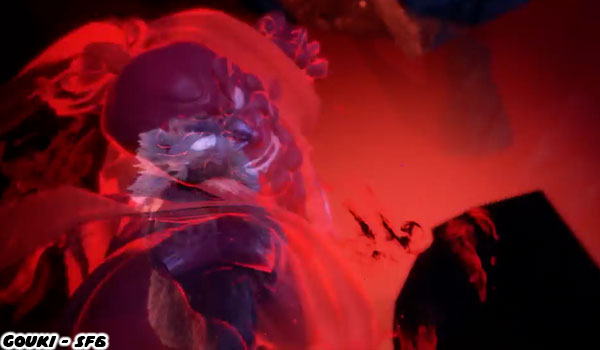
The fighting game archetypes that Capcom had developed over the past 35 years were icons in the gaming world. The artists, and designers at other studios could also exploit these visual storytelling cues when coming up with their own roster. Of the three greatest fighting game boss designs in my book, with Gouki being first, I would argue that Silver was the third best. He worked as a fighting tournament villain because he used many of the same elements as Gouki, however he was western based. I had
had discussed Silber previously on this blog. As a quick primer in case you weren’t even born in 1999 when Buriki One was released. The insanely strong German created his own fighting form, and traveled the world seeking out opponents. He would fight wild animals to prove his ability, and had been painted smashing the face of a polar bear in official SNK art. He was very much cut from the same cloth as Gouki.
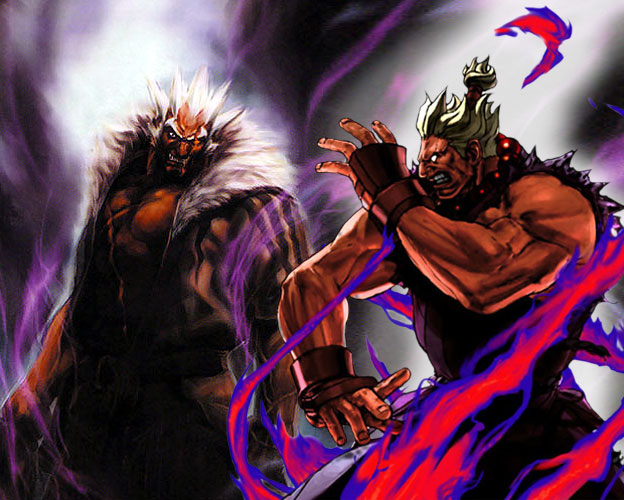
The animal pelt Silber wore on his gi was not to be confused as
the fur lined jacket of a mafioso like Mr. Big. By a similar token Gouki had evolved past his black gi. His appearance in Street Fighter 6 was more feral than ever before. Losing his humanity to the Dark Hadou, the evil force that propelled him forward. That
drove him to kill his master, and his brother as well. By having him shirtless with white hair the studio had amalgamated the Oni design from Super Street Fighter IV with his more recent Lion Mane SFV look. I don’t think the company would ever bring back the Shin-Gouki, or Oni characters as essentially Gouki in SF6 was a blend of the alternates. I am certainly interested in how he will be used in the story. I’d like to know your take on the character. Tell me in the comments section please. Now I have to make time to talk about Garou: The City of the Wolves for a future blog. As always if you would like to sponsor me
please visit my Patreon page and consider donating each month, even as little as $1 would help make better blogs and even podcasts!


















Just having his beard cover his chin improves his look so much from SF5.
ReplyDelete